Pimsleur Comprehensive Thai Level 1 - Discount - Audio 16 CD
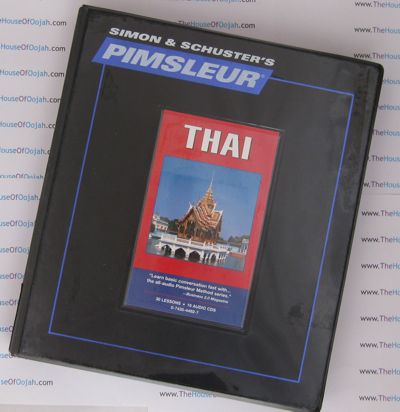
Pimsleur Comprehensive Thai Level 1
Get other Thai Language audio click here
Upon completion of this Level I program, you will have functional spoken proficiency with the most-frequently-used vocabulary and grammatical structures. You will be able to:
* initiate and maintain face-to-face conversations,
* deal with every day situations -- ask for information, directions, and give basic information about yourself and family,
* communicate basic information on informal topics and participate in casual conversations,
* avoid basic cultural errors and handle minimum courtesy and travel requirements,
* satisfy personal needs and limited social demands,
* establish rapport with strangers in foreign countries,
* begin reading and sounding out items with native-like pronunciation.
About the Thai Language
Thai is the national and official language of Thailand and the mother tongue of the Thai people, Thailand's dominant ethnic group. Thai is a member of the Tai group of the Tai-Kadai language family. The Tai-Kadai languages are thought to have originated in what is now southern China, and some linguists have proposed links to the Austroasiatic, Austronesian, or Sino-Tibetan language families. It is a tonal and analytic language. The combination of tonality, a complex orthography, relational markers and a distinctive phonology can make Thai difficult to learn for those who do not already speak a related language.
Standard Thai, also known as Central Thai or Siamese, is the official language of Thailand, spoken by about 65 million people including speakers of Bangkok Thai . Khorat Thai is spoken by about 400,000 (1984) in Nakhon Ratchasima; it occupies a linguistic position somewhere between Central Thai and Isan on a dialect continuum, and may be considered a variant or dialect of either.
In addition to Standard Thai, Thailand is home to other related Tai languages, including:
* Isan (Northeastern Thai), the language of the Isan region of Thailand, considered by some to be a dialect of the Lao language, which it very closely resembles (although it is written in the Thai alphabet). It is spoken by about 15 million people (1983).
* Nyaw language, spoken mostly in Nakhon Phanom Province, Sakhon Nakhon Province, Udon Thani Province of Northeast Thailand.
* Galung language, spoken in Nakhon Phanom Province of Northeast Thailand.
* Lü (Tai Lue, Dai), spoken by about 78,000 (1993) in northern Thailand.
* Northern Thai (Lanna, Kam Meuang, or Thai Yuan), spoken by about 6 million (1983) in the formerly independent kingdom of Lanna (Chiang Mai).
* Phuan, spoken by an unknown number of people in central Thailand and Isan.
* Phu Thai, spoken by about 156,000 around Nakhon Phanom Province (1993).
* Shan (Thai Luang, Tai Long, Thai Yai), spoken by about 56,000 in north-west Thailand along the border with the Shan States of Burma (1993).
* Song, spoken by about 20,000 to 30,000 in central and northern Thailand (1982).
* Southern Thai (Pak Dtai), spoken about 5 million (1990).
* Thai Dam, spoken by about 20,000 (1991) in Isan and Saraburi Province.
Many of these languages are spoken by larger numbers outside of Thailand. Most speakers of dialects and minority languages speak Central Thai as well, since it is the language used in schools and universities all across the kingdom.
Numerous languages not related to Thai are spoken within Thailand by ethnic minority hill tribespeople. These languages include Hmong-Mien (Yao), Karen, Lisu, and others.
Standard Thai is composed of several distinct registers, forms for different social contexts:
* Street Thai : informal, without polite terms of address, as used between close relatives and friends.
* Elegant Thai : official and written version, includes respectful terms of address; used in simplified form in newspapers.
* Rhetorical Thai: used for public speaking.
* Religious Thai: (heavily influenced by Sanskrit and Pāli) used when discussing Buddhism or addressing monks.
* Royal Thai : (influenced by Khmer) used when addressing members of the royal family or describing their activities.
Many Thais can speak at only the first and second levels, though they will understand the others.
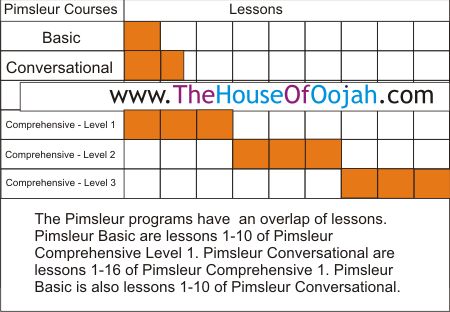

 0 Items (Empty)
0 Items (Empty)
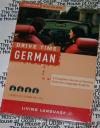
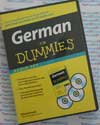
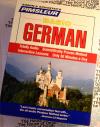
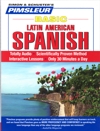
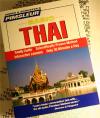
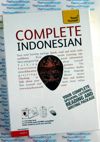
 (Custom).png)
